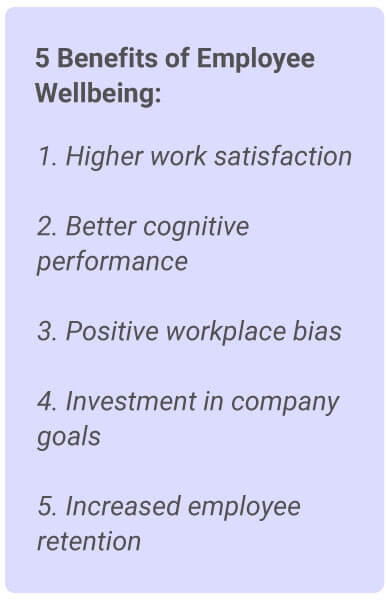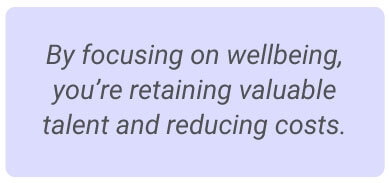
How Does Employee Wellbeing Affect Workplace Performance?
December 28, 2021
|
Carly MacLennan
Employee wellbeing and its effect on performance

1. Higher work satisfaction
2. Better cognitive performance
3. Positive workplace bias
4. More likely to commit to workplace goals
5. Longer employee retention

Start improving employee wellbeing today
About the Author

Carly MacLennan is the Marketing Program Manager at Motivosity. She recently graduated with her MBA from Brigham Young University. Carly has a background in and a love for Marketing and the culture side of HR, specifically with employee experience and employee engagement. Carly was born and raised in Alberta, Canada but has since lived in Utah, Washington DC, and Northern California.
Learn More
Learn More






